Previously in December 2015, the United Nations Educational, Scientific and Cultural Organization (UNESCO) listed the tug-of-war rituals and games of Vietnam, Korea, the Philippines and Cambodia as part of the Representative List of the Intangible Cultural Heritage of Humanity. In Vietnam, UNESCO listed the tug-of-war communities of the four provinces of Lao Cai, Vinh Phuc , Bac Ninh and Hanoi.
Although each community and country has a different name and practice of tug-of-war rituals and games, they all aim to pray for people's health, favorable weather, and good crops. The common point of tug-of-war rituals and games in Vietnam and other countries in the world is the same rope. The rope is a symbol of community cohesion, a connection between people and nature, an extension of arms, and a support from one community to another.
|
The ritual of lifting the rope to worship the saint of the tug of war team at Tran Vu temple (Thach Ban ward, Long Bien district, Hanoi city). The 30m long rope is rolled up and stored in the temple by the people, and is only brought out to use on each festival occasion. |
|
Vietnamese students excitedly welcomed representatives of tug-of-war communities from Korea, the Philippines, Cambodia and Vietnam to perform tug-of-war rituals and games at the Hanoi Creative Design Festival 2023. |
|
The sitting tug of war is a unique heritage that takes place at the Tran Vu Temple Festival on the 3rd day of the 3rd lunar month every year. In the photo, two tug of war teams from Tran Vu Temple perform the sitting tug of war. The rope is threaded through a large ironwood pole, and the players sit with their legs bent and stretched, alternating each other to get the best pulling force. |
|
Demonstration of the beak pulling game of Ngai Khe village, Tan Dan commune, Phu Xuyen district, Hanoi city. The beak pulling tool is two bamboo sticks 6-7m long, the number of joints is counted from the base to the tip as Sinh-lao-sickness-tu, the last joint must be exactly the word sinh. After that, the villagers will burn the two ends of the bamboo, bend them to make a beak and hook them together, then use soft strings to tie them tightly to make the pulling tool. |
|
Tug of war of the Tay community (Bac Ha district, Lao Cai province). Before the teams compete, the villagers must prepare offerings and choose a shaman to perform a ceremony asking the gods to witness and bless the villagers with health, happiness, a bountiful harvest and to ask permission to compete. The tug of war team is divided into two sides, male and female, to ensure harmony between yin and yang. |
|
Regardless of the name and organization, drums are always present in tug-of-war communities in Vietnam and internationally. The sound of the drums encourages the players to participate more intensely and enthusiastically. |
|
The tug-of-war game in Huong Canh town (Binh Xuyen district, Vinh Phuc province) also uses a long rope threaded through a wooden pole. Players put their feet in the hole, then sit on the ground in pairs and pull with all their might. At the top of the pole, people can use their feet to kick the pole to increase the strength of the whole team. |
|
Tug of war in Huu Chap village (Bac Ninh city, Bac Ninh province) uses two large bamboo trees with the bark shaved off to make a pulling tool. Each time it is held, there are 3 pulling rounds. In the first two rounds, the West and East teams both won. In the last round of pulling, locals and tourists can join in pulling for their favorite team to determine the winner or loser. |
|
The rope pulling game in Huong Canh town (Binh Xuyen district, Vinh Phuc province) requires a lot of physical strength as each pull can last up to 15 minutes. Not only using their legs and arms, the athletes also swing their whole bodies to hold the rope. |
|
Performance by Gijisi Tug of War Association (Dangjin City, Korea) with a rope woven from straw. In the photo, representatives of the Long Bien District People's Committee, the Vietnam Cultural Heritage Association, people and tourists participate in tug of war. At the tug of war festival in Korea, the rope can be up to 200m long, weigh up to 40 tons and everyone present can participate in tug of war, creating community cohesion. After the performance at the Hanoi Creative Design Festival 2023, Gijisi Tug of War Association donated the tug of war to Tran Vu Temple as a unique cultural exchange gift. |
Source: https://www.qdnd.vn/van-hoa/doi-song/di-san-the-gioi-keo-co-toa-sang-trong-thanh-pho-sang-tao-ha-noi-751997


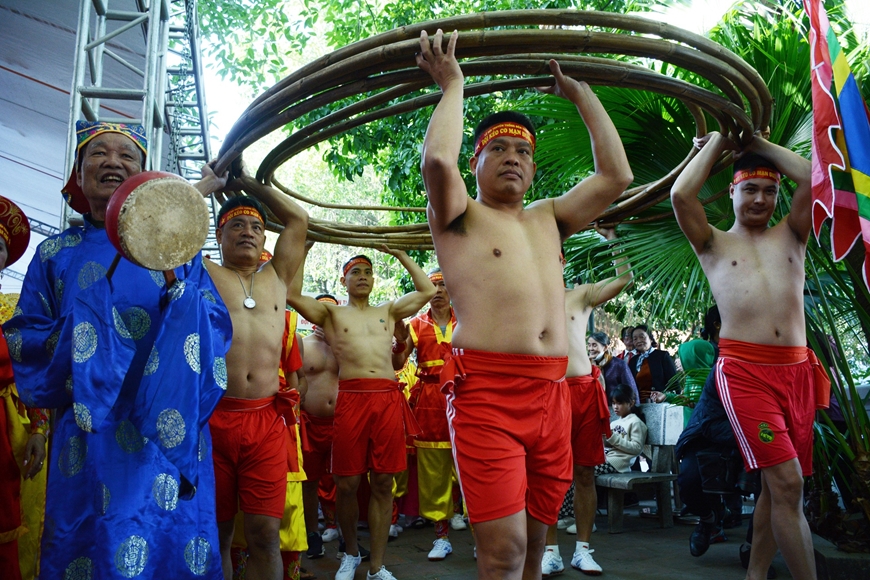
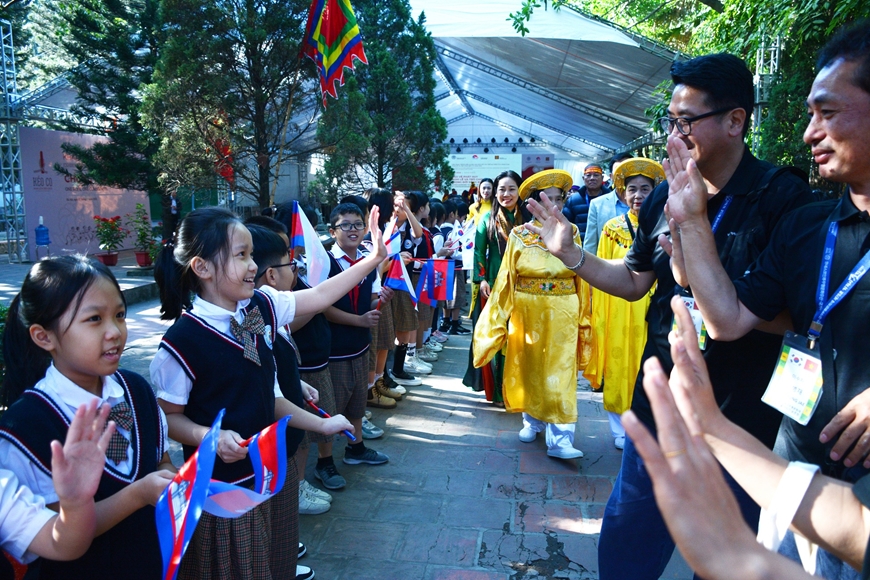
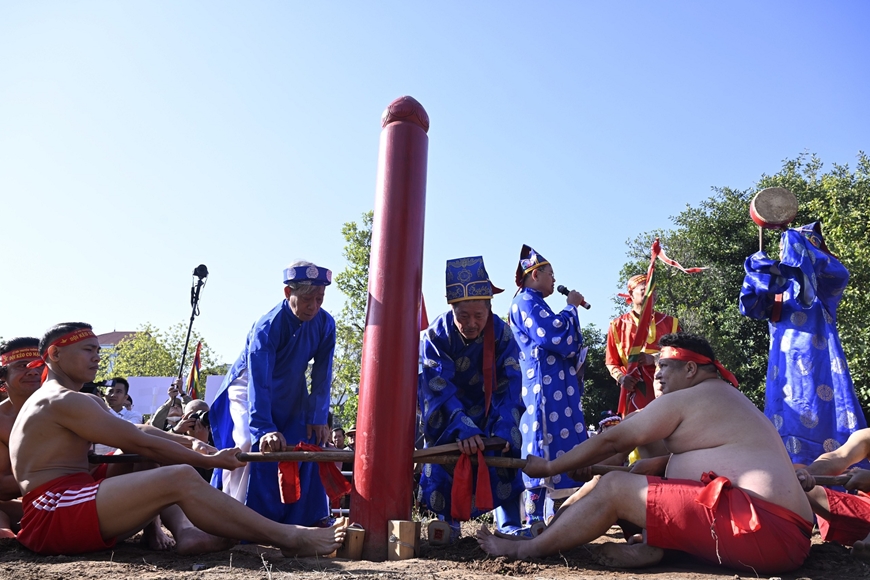
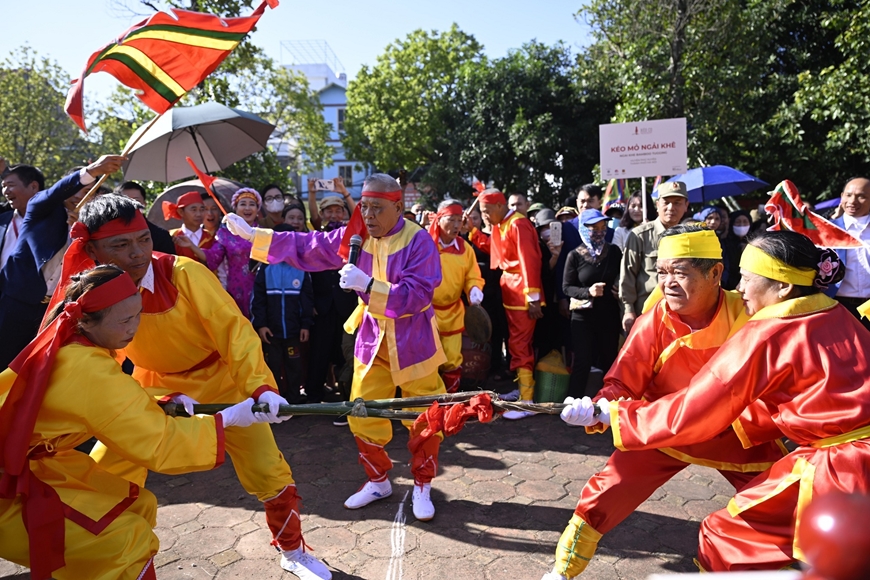
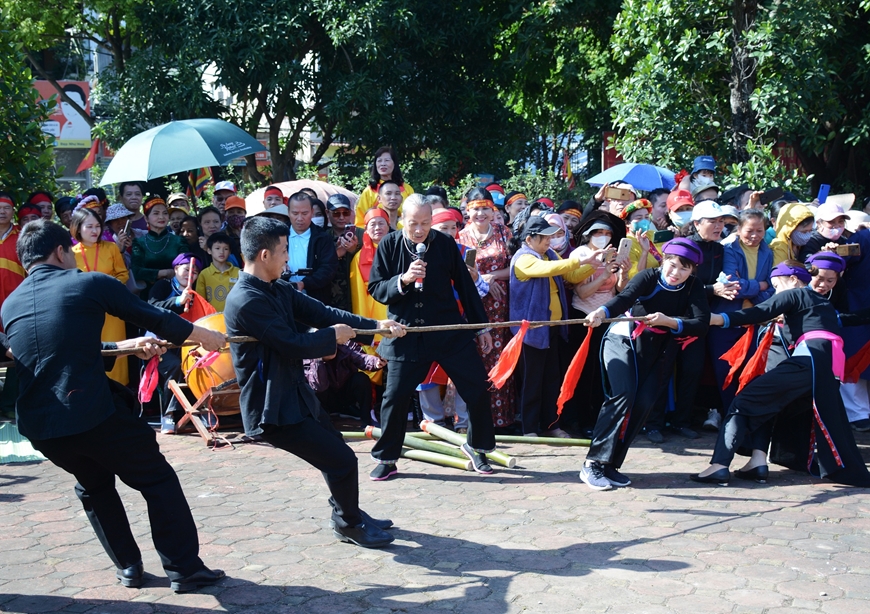



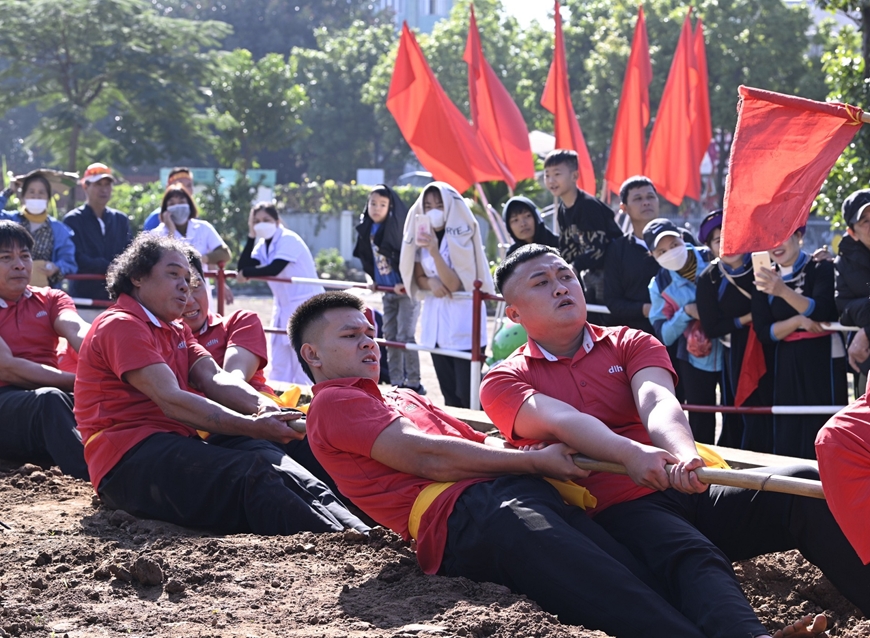
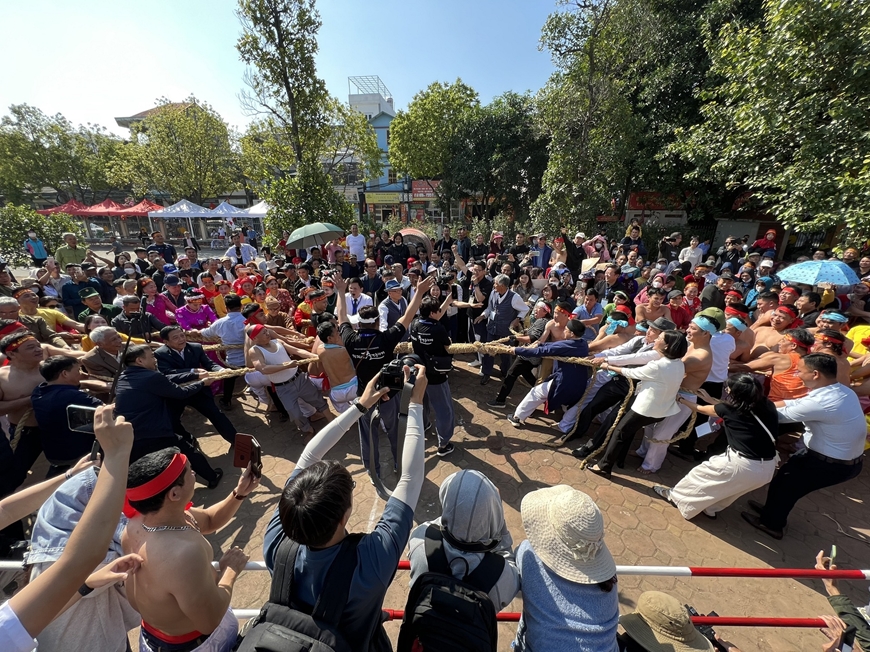
![[Photo] General Secretary To Lam receives President of the Senate of the Czech Republic Milos Vystrcil](/_next/image?url=https%3A%2F%2Fvphoto.vietnam.vn%2Fthumb%2F1200x675%2Fvietnam%2Fresource%2FIMAGE%2F2025%2F11%2F21%2F1763723946294_ndo_br_1-8401-jpg.webp&w=3840&q=75)
![[Photo] Visit Hung Yen to admire the "wooden masterpiece" pagoda in the heart of the Northern Delta](/_next/image?url=https%3A%2F%2Fvphoto.vietnam.vn%2Fthumb%2F1200x675%2Fvietnam%2Fresource%2FIMAGE%2F2025%2F11%2F21%2F1763716446000_a1-bnd-8471-1769-jpg.webp&w=3840&q=75)

![[Photo] National Assembly Chairman Tran Thanh Man holds talks with President of the Senate of the Czech Republic Milos Vystrcil](/_next/image?url=https%3A%2F%2Fvphoto.vietnam.vn%2Fthumb%2F1200x675%2Fvietnam%2Fresource%2FIMAGE%2F2025%2F11%2F21%2F1763715853195_ndo_br_bnd-6440-jpg.webp&w=3840&q=75)

![[Photo] President Luong Cuong receives Speaker of the Korean National Assembly Woo Won Shik](/_next/image?url=https%3A%2F%2Fvphoto.vietnam.vn%2Fthumb%2F1200x675%2Fvietnam%2Fresource%2FIMAGE%2F2025%2F11%2F21%2F1763720046458_ndo_br_1-jpg.webp&w=3840&q=75)
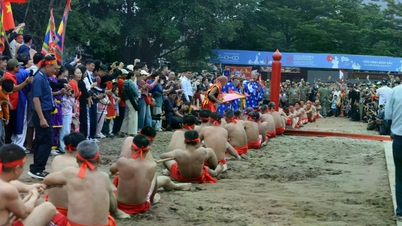

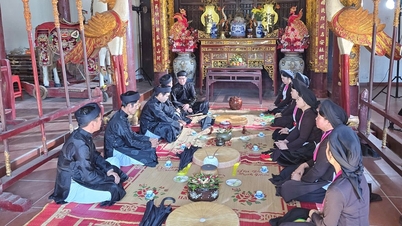

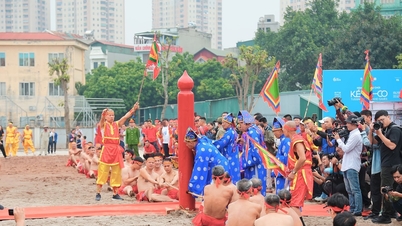

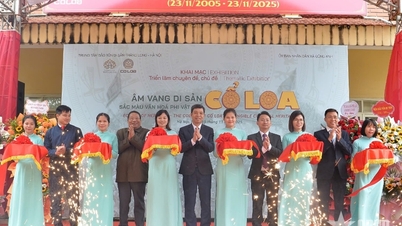






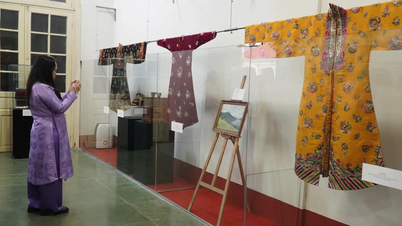

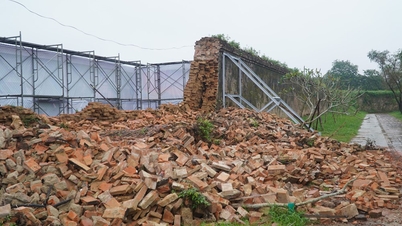
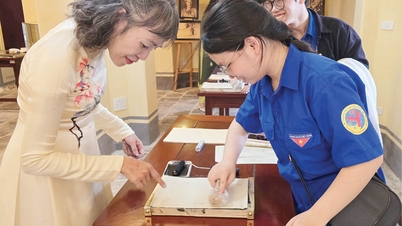






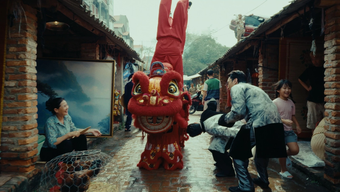



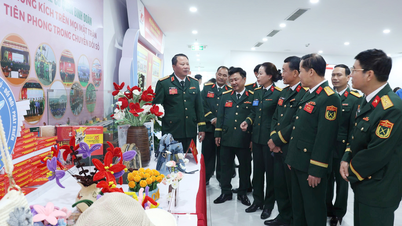
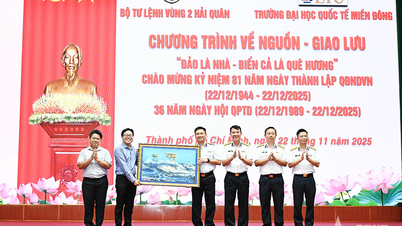
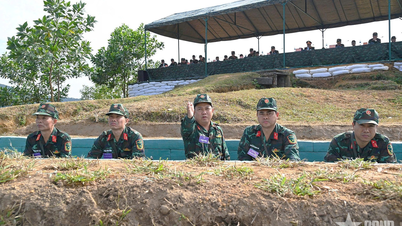
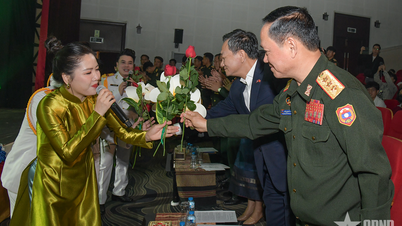
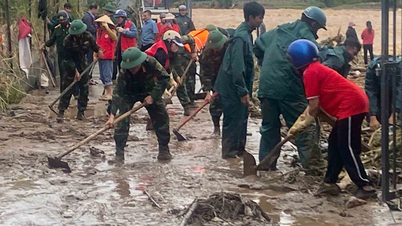




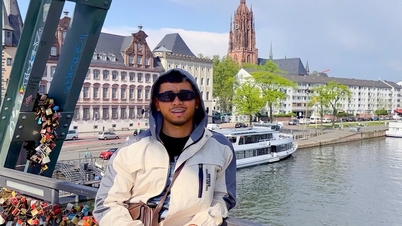





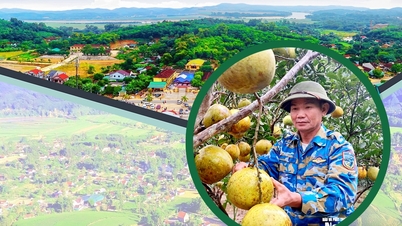

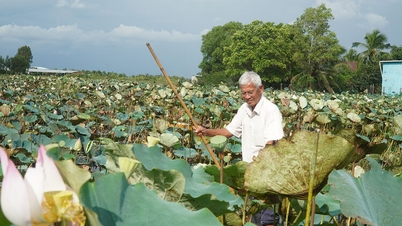



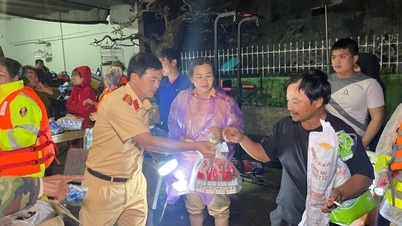






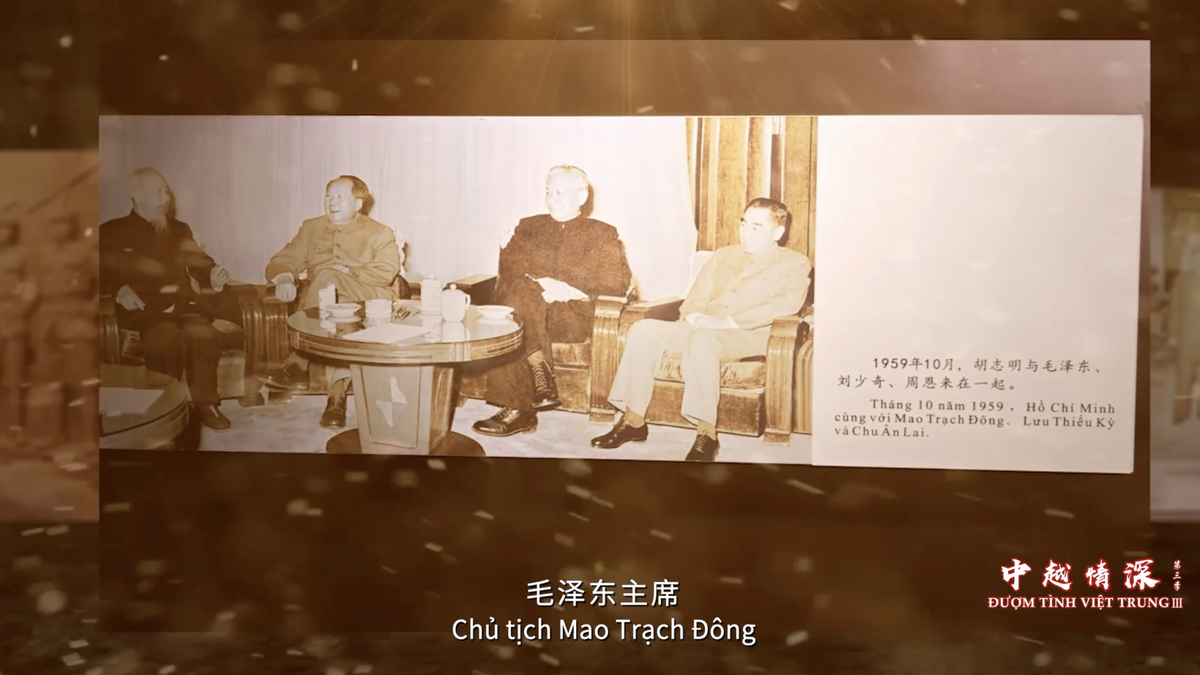
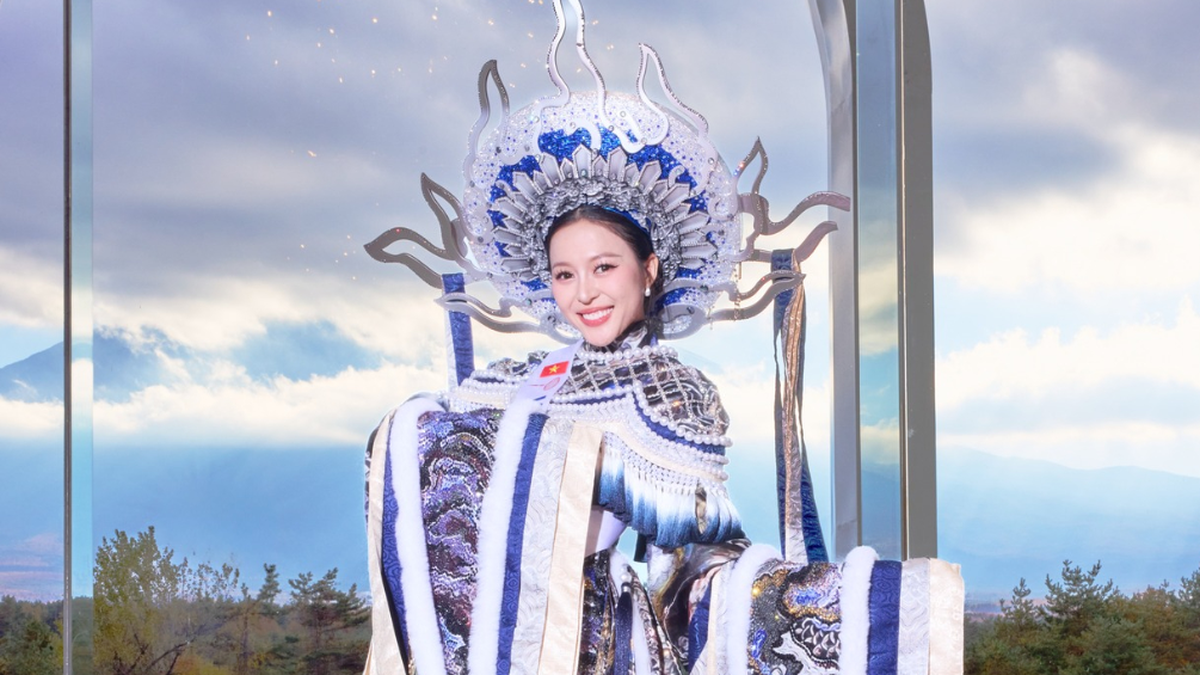
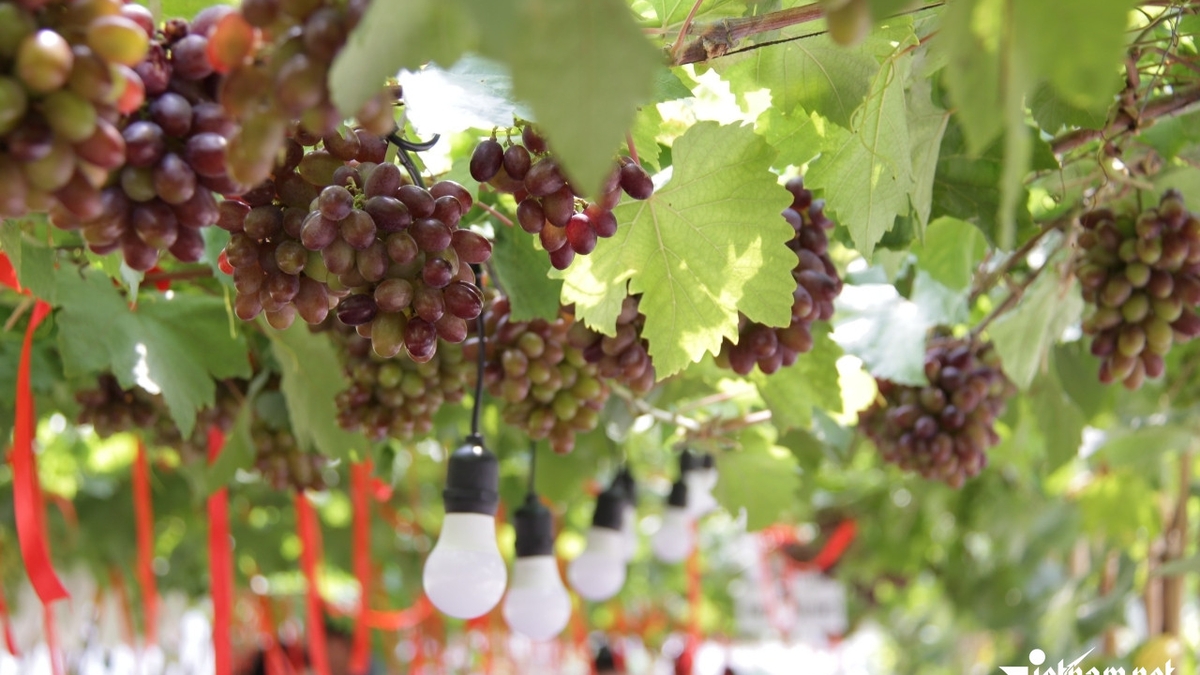
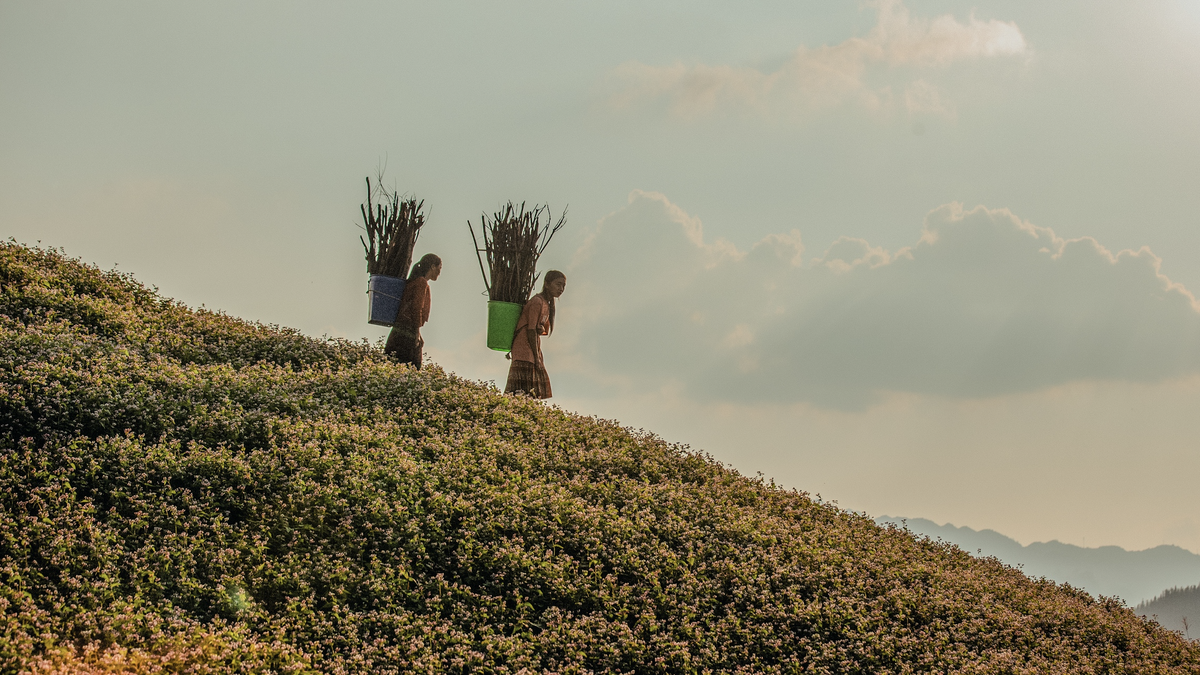


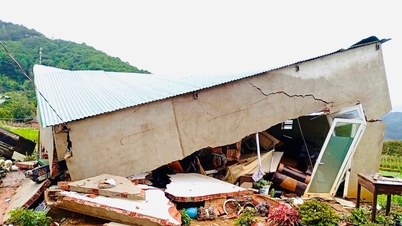




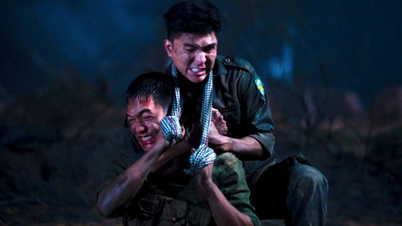

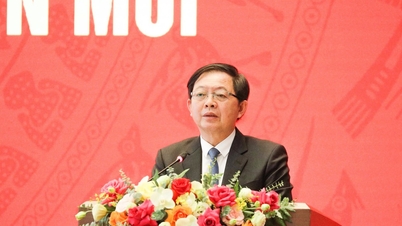

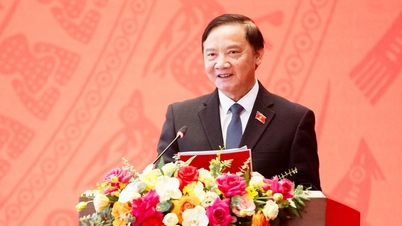






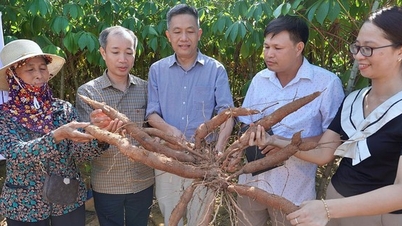


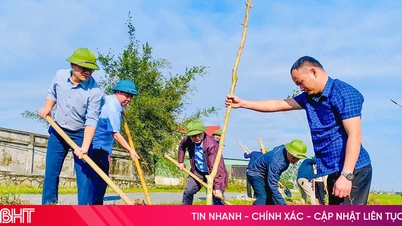

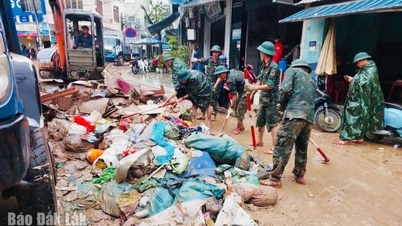

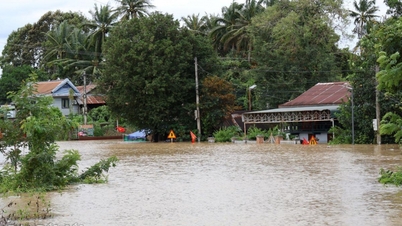



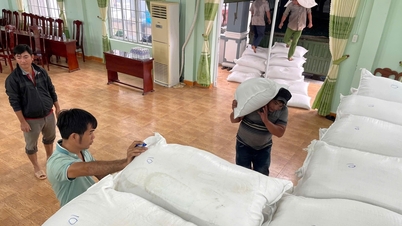

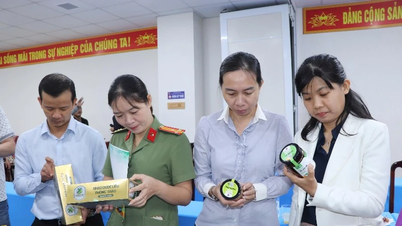
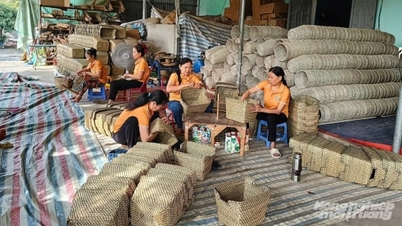

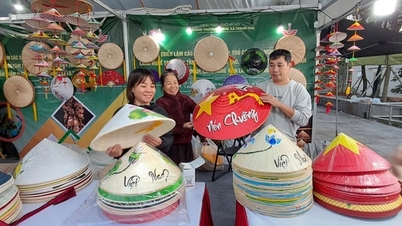
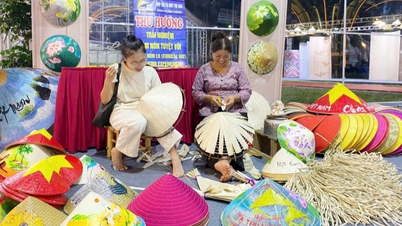

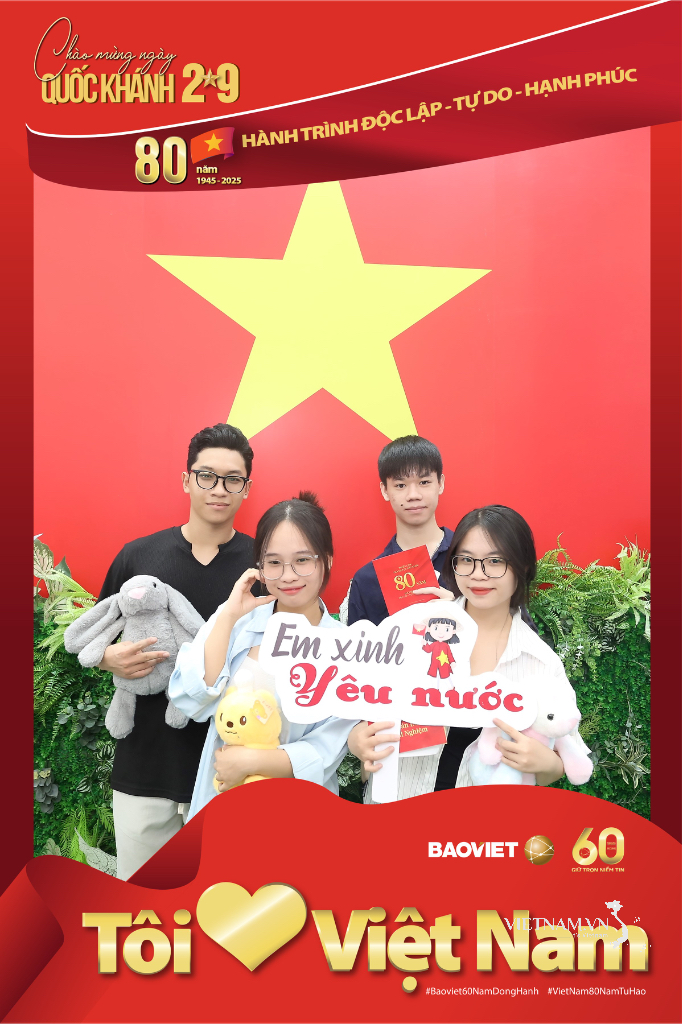

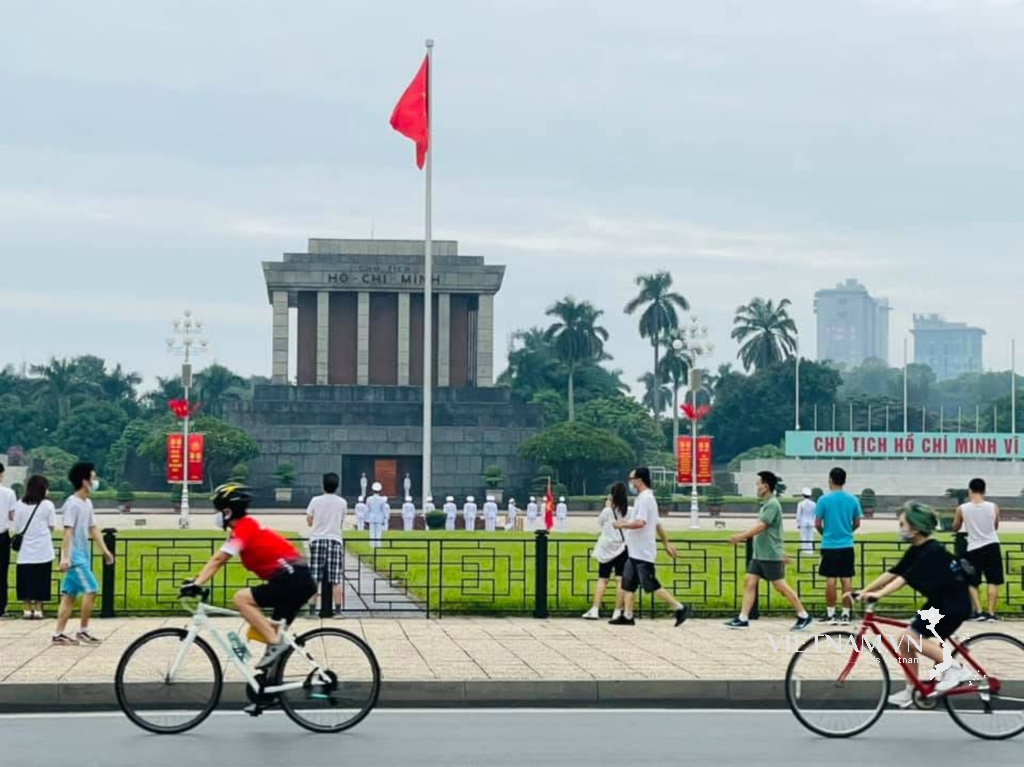

Comment (0)